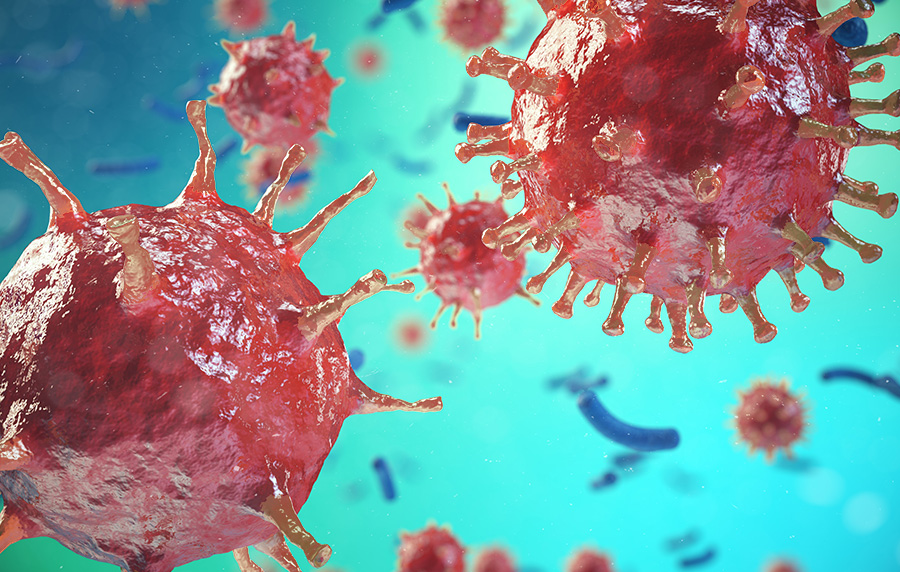ECHA has published the outcomes of the discussions held during the Biocidal Products Committee (BPC) meeting from November 29 to December 3.
The BPC adopted 16 positive opinions related to the approval of active substances (10 substances approved), to the Union authorizations (2), and the requests from the European Commission (4).
WHAT ARE THE APPROVED ACTIVE SUBSTANCES
Approved Active Substances:
- Oxygen-generated ozone for use in disinfectants and algaecides not intended for use in direct contact with humans or animals (product-type 2), in food and feed (product-type 4) and drinking water (product-type 5) disinfectants, and in preservatives for coolants and processing systems (product-type 11);
- Alkyl (C12-16) dimethylbenzylammonium chloride for use in personal hygiene disinfectants (product-type 1) and product-type 2 above;
- Chrysanthemum cinerariaefolium, an extract made from the flowers of Tanacetum cinerariifolium, by supercritical carbon dioxide and hydrocarbon solvents for use in products for controlling harmful organisms by repelling or attracting them (product-type 19);
- Didecyldimethylammonium chloride (DDAC), for product types 1 and 2.
Union authorizations:
- L(+) Lactic acidfor product-types 1, 2, 3 (veterinary hygiene) and 4;
- Hydrogen peroxidefor product-type 2.
The European Commission, in consultation with the Member States, will make final decisions on the approval of active substances and Union authorizations for biocidal product families.
In addition, the Committee adopted opinions responding to requests from the European Commission on:
- Assessing the risks to human health and the environment from the endocrine-disrupting properties of 2,2-dibromo-2-cyanoacetamide (DBNPA) used in food and feed area disinfectants (product-type 4). The committee concluded that the level of risk can be considered acceptable;
- Evaluation of risks to human health and the environment from the endocrine-disrupting properties of cyanamide used in veterinary hygiene disinfectants (product-type 3) and products for the treatment of insects, arachnids, and other anthropods (product-type 18). The Committee could not conclude on the risks based on the available data;
- Suitability of the active ingredient peanut butter for inclusion in Annex I of the BPR, which lists active ingredients identified as low-risk and eligible for a simplified authorization process. The committee recommends that peanut butter not be included in Annex I because it may be considered immunotoxic (can cause allergic reactions);
- Questions relating to guidance on rodent traps developed by the German Environment Agency. The committee concluded that the same principles for the evaluation of efficacy are used in this guidance compared to chemical-based rodenticides.
The adopted opinions will be posted on the BPC page soon. The next meeting will take place in March 2022.



